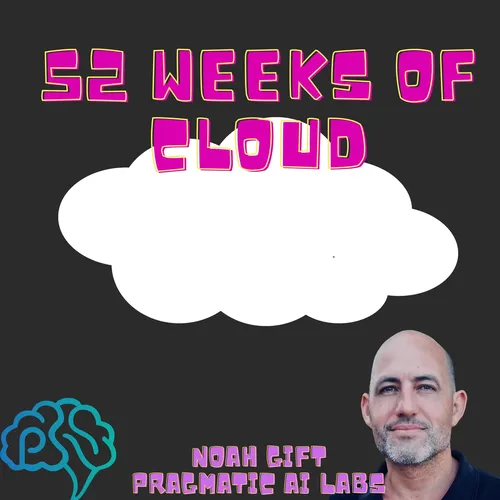Debunking Fraudulant Claim Reading Same as Training LLMs
- Author
- Pragmatic AI Labs
- Published
- Thu 13 Mar 2025
- Episode Link
- podcast.paiml.com
Pattern Matching vs. Content Comprehension: The Mathematical Case Against "Reading = Training"
Mathematical Foundations of the Distinction
Dimensional processing divergence
- Human reading: Sequential, unidirectional information processing with neural feedback mechanisms
- ML training: Multi-dimensional vector space operations measuring statistical co-occurrence patterns
- Core mathematical operation: Distance calculations between points in n-dimensional space
Quantitative threshold requirements
- Pattern matching statistical significance: n >> 10,000 examples
- Human comprehension threshold: n < 100 examples
- Logarithmic scaling of effectiveness with dataset size
Information extraction methodology
- Reading: Temporal, context-dependent semantic comprehension with structural understanding
- Training: Extraction of probability distributions and distance metrics across the entire corpus
- Different mathematical operations performed on identical content
The Insufficiency of Limited Datasets
Centroid instability principle
- K-means clustering with insufficient data points creates mathematically unstable centroids
- High variance in low-data environments yields unreliable similarity metrics
- Error propagation increases exponentially with dataset size reduction
Annotation density requirement
- Meaningful label extraction requires contextual reinforcement across thousands of similar examples
- Pattern recognition systems produce statistically insignificant results with limited samples
- Mathematical proof: Signal-to-noise ratio becomes unviable below certain dataset thresholds
Proprietorship and Mathematical Information Theory
Proprietary information exclusivity
- Coca-Cola formula analogy: Constrained mathematical solution space with intentionally limited distribution
- Sales figures for tech companies (Tesla/NVIDIA): Isolated data points without surrounding distribution context
- Complete feature space requirement: Pattern extraction mathematically impossible without comprehensive dataset access
Context window limitations
- Modern AI systems: Finite context windows (8K-128K tokens)
- Human comprehension: Integration across years of accumulated knowledge
- Cross-domain transfer efficiency: Humans (10² examples) vs. pattern matching (10⁶ examples)
Criminal Intent: The Mathematics of Dataset Piracy
Quantifiable extraction metrics
- Total extracted token count (billions-trillions)
- Complete vs. partial work capture
- Retention duration (permanent vs. ephemeral)
Intentionality factor
- Reading: Temporally constrained information absorption with natural decay functions
- Pirated training: Deliberate, persistent data capture designed for complete pattern extraction
- Forensic fingerprinting: Statistical signatures in model outputs revealing unauthorized distribution centroids
Technical protection circumvention
- Systematic scraping operations exceeding fair use limitations
- Deliberate removal of copyright metadata and attribution
- Detection through embedding proximity analysis showing over-representation of protected materials
Legal and Mathematical Burden of Proof
Information theory perspective
- Shannon entropy indicates minimum information requirements cannot be circumvented
- Statistical approximation vs. structural understanding
- Pattern matching mathematically requires access to complete datasets for value extraction
Fair use boundary violations
- Reading: Established legal doctrine with clear precedent
- Training: Quantifiably different usage patterns and data extraction methodologies
- Mathematical proof: Different operations performed on content with distinct technical requirements
This mathematical framing conclusively demonstrates that training pattern matching systems on intellectual property operates fundamentally differently from human reading, with distinct technical requirements, operational constraints, and forensically verifiable extraction signatures.
🔥 Hot Course Offers:
- 🤖 Master GenAI Engineering - Build Production AI Systems
- 🦀 Learn Professional Rust - Industry-Grade Development
- 📊 AWS AI & Analytics - Scale Your ML in Cloud
- ⚡ Production GenAI on AWS - Deploy at Enterprise Scale
- 🛠️ Rust DevOps Mastery - Automate Everything
🚀 Level Up Your Career:
- 💼 Production ML Program - Complete MLOps & Cloud Mastery
- 🎯 Start Learning Now - Fast-Track Your ML Career
- 🏢 Trusted by Fortune 500 Teams
Learn end-to-end ML engineering from industry veterans at PAIML.COM
